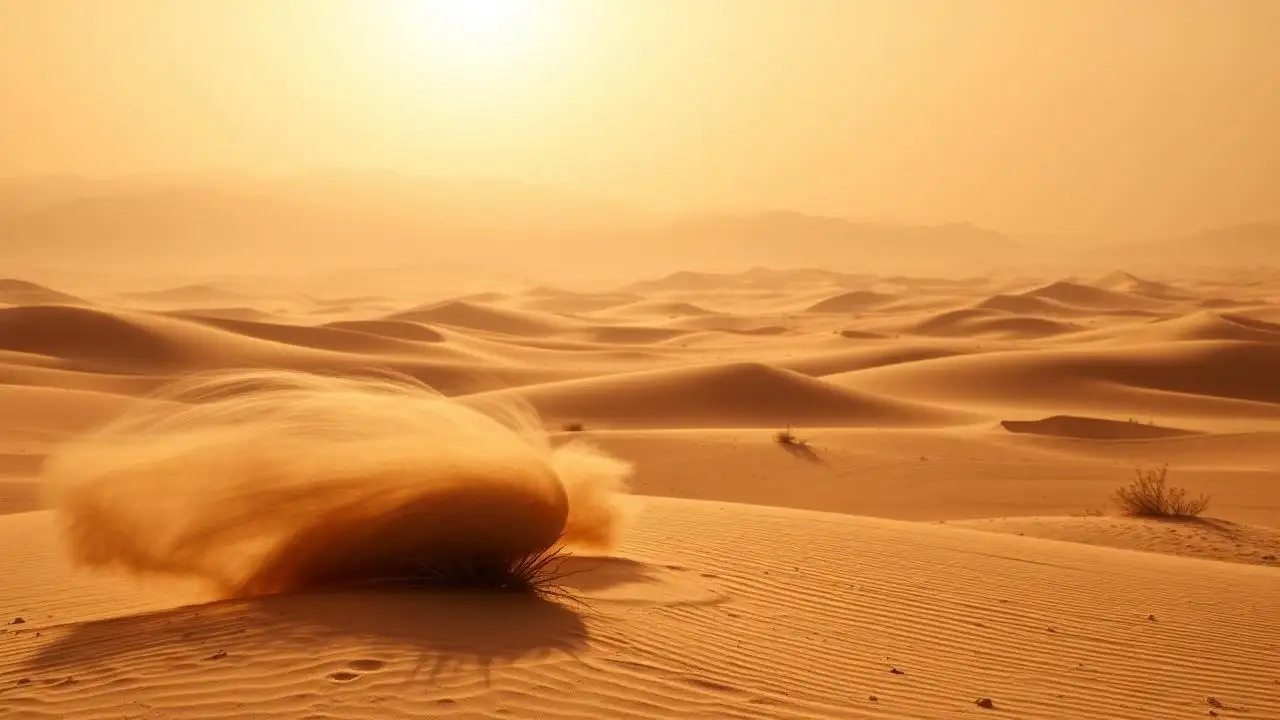The hottest days of the year have begun as the United Arab Emirates formally enters Jamrat Al Qayth, the extreme heatwave season. With daily highs predicted to reach over 50°C in many places, this typical climatic phase heralds an increase in intense heat, ongoing drought conditions, and arid desert winds.
The already harsh weather in the area is made worse by Jamrat Al Qayth, which usually starts in late June and lasts until July, according to the Emirates Astronomy Society. The term, which has its roots in Arabic meteorology, describes a “coal of summer,” or the height of sun intensity experienced in the Arabian Peninsula.
As humidity levels fall and UV indexes rise, authorities have advised the public to restrict their time spent outside, particularly during the midday hours, and to drink plenty of water. During this period of harsh weather, people with pre-existing medical issues and outdoor workers are especially at risk.
According to meteorologists, the heat dome effect will predominate over much of the interior and desert regions of the United Arab Emirates at this time, and there won’t be any notable rainfall. Residents are advised to prepare for prolonged high temperatures and ensure homes and vehicles are adequately cooled and stocked with essentials.







